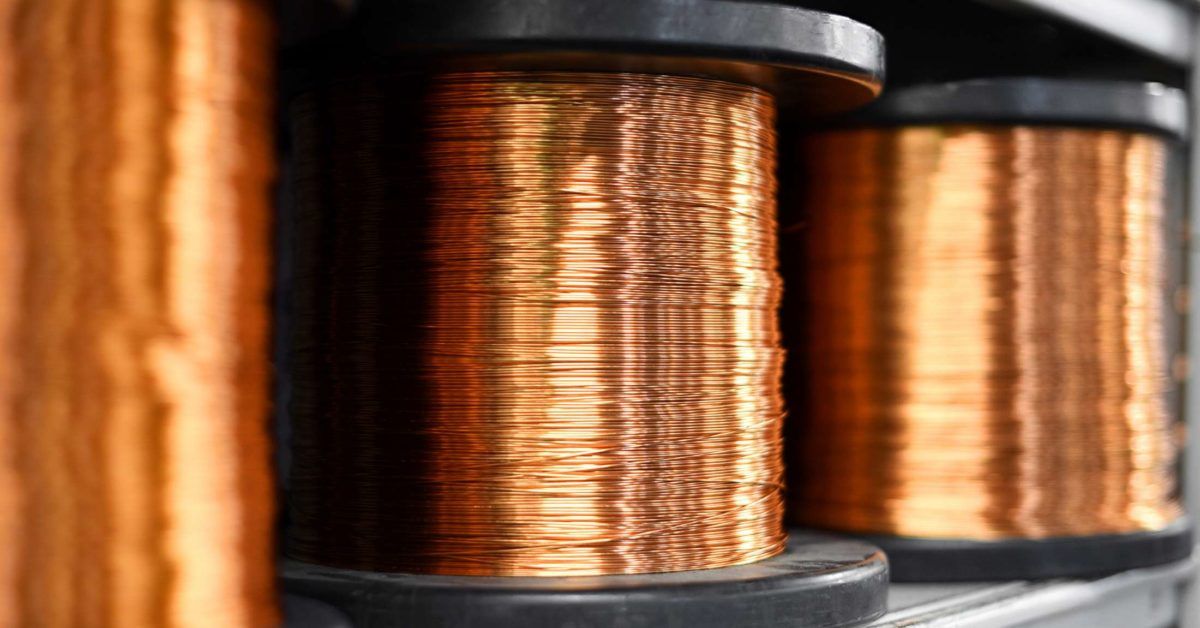 |
| Copper |
Expanding American Copper Production at Gunnison’s Johnson Camp Mine
Significant Investment in Clean Energy and Mining Technology
Gunnison Copper and Nuton, a Rio Tinto venture, have secured a substantial $13.9 million tax credit from the US Department of Energy. This funding aims to enhance domestic copper production at the Johnson Camp mine in Arizona. With this investment, the site is set to ramp up its output significantly, utilizing cutting-edge sulphide leaching technology developed by Nuton to boost copper recovery efficiency.
Anticipated Impact and Production Timelines
Upon completion, the Johnson Camp mine expects to produce 11,340 tonnes of finished copper cathode annually. The first batch of copper is slated for production by mid-2025, aligning with growing demands for clean and sustainable resources. This initiative is part of a broader strategy to strengthen the U.S. position in the global metals market.
According to the International Copper Study Group (ICSG), recyclers and secondary producers contributed to the increase in global copper output by raising the production of recycled-content copper by 2.0 percent in 2024 compared to 2023. At the end of last year, the global inventory of refined copper stood at approximately 1.54 million metric tons, a 29.5 percent rise from the 1.19 million metric tons recorded at the end of 2023.
Future Prospects Amid Political Shifts and Market Uncertainty
The mine’s expansion is part of a broader $10 billion initiative under the 2022 Inflation Reduction Act, designed to foster clean energy manufacturing and critical material projects. However, the recent inauguration of Donald Trump introduces potential uncertainties regarding the continuation of DOE funding for these initiatives, given his administration's energy priorities.
A late February analysis by global consulting firm McKinsey & Co. highlights that the mining industry is taking measures to address a predicted supply gap in global copper by 2035. Closing this gap would require an estimated $400 billion in capital expenditures. McKinsey also identifies recycling as a key opportunity, with metals traders investing in recycling and secondary processing assets for high-demand commodities like copper.
Meanwhile, regulatory shifts and trade issues are adding complexity to the copper value chain. The Copper Journal analyst John Gross notes that recent North American tariff decisions have increased uncertainty in the market. The Trump administration has also launched an investigation into potential tariffs on inbound copper, raising concerns over supply chain disruptions.
Gross points out that copper pricing remains volatile, with a significant spread between U.S.-based Comex and the London Metal Exchange (LME). In February, Comex spot copper averaged $4.55 per pound, with a 32-cent premium over the LME price of $4.23. In March, the Comex average increased to $4.67, maintaining a 35-cent premium over LME’s $4.32. The unpredictability of trade policies and fluctuating exchange rates continue to create challenges for the global copper market.

